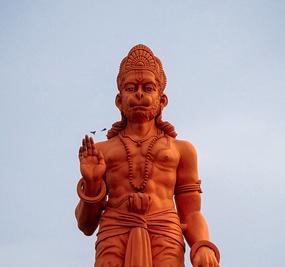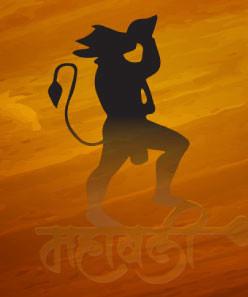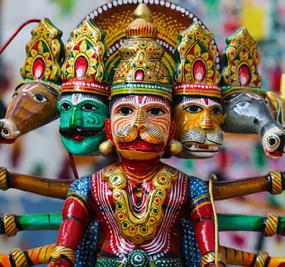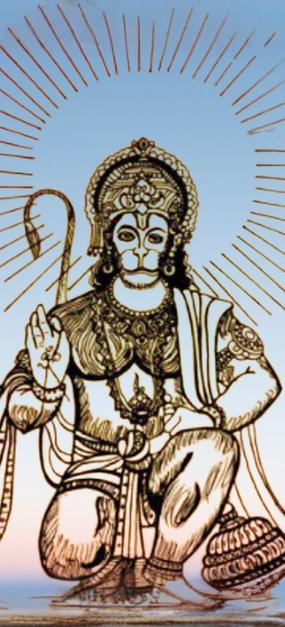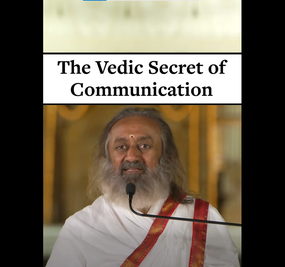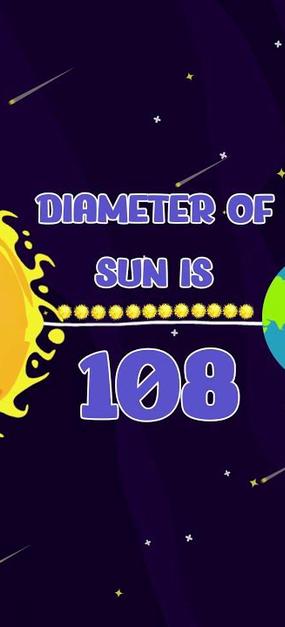Through the ages and civilizations, Rama and Ayodhya have not only been popular for the people of India but have also been inspirational for people across the world.
The story of the Ramayana accompanied the ancient Indians who were master navigators and travelled the high seas frequently. They sailed to different parts of the world and spread the wisdom of this epic.
Michelet, the French historian with special reference to the Ramayana, said:
“Whoever has done or willed too much let him drink from this deep cup a long drought of life, of youth…
Everything is narrow in the West. Greece is small and I stifle;
Judea is dry and I pant. Let me look towards lofty Asia, And the profound East for a little while. There lies my great poem, As vast as the Indian Ocean, Blessed, gilded with the sun, The book of divine harmony wherein there is no dissonance”
The Ramayana connection with Egypt & Turkey
- Rama of Ayodhya belonged to the Suryavansha or the solar dynasty. Interestingly, the Pharoah Ramses of Egypt also belonged to the Solar dynasty and also took on the name Ram.
- The original Egyptian name of the Pharaohs, in their hieroglyphic language, devoid of vowels, was R.M.S which sounds like Ra Ma Sa, similar to Rama.
- The name of the 8th Turkish King, Dasharatha, bears an uncanny similarity to the name of Rama’s father, Dasharatha. The other kings also have the prefix or suffix of the sun in their name, reflecting a possible connection to the Solar dynasty or Suryavansh.
- The famous German archaeologist, Hugo Winckler excavated thousands of Cuneiform tablets from the Central Anatolia region of Turkey. The tablet Bogazkoy inscription speaks of a peace treaty between the two neighbouring kingdoms and tribes, the Mittani and the Hittites, called the Treaty of Cappadocia. The tablet reads that this treaty between the Hittites and Mittani was being witnessed by Varuna, Mitra, Indra, and Nasatiya. The tribes held these gods as divinities of high esteem, to be invoked before performing important deeds.
In the Indian tradition too, these are names of divinities from Vedic times. Varuna and Mitra are names for the rain God and the Sun. Indra is the chief of the Gods. Nasatiya is one of the Ashwini twins, associated with medicine, good health and well-being.
Arnold Toynbee, a British historian and thinker, in his well-researched book Mankind and Mother Earth, shows that 4,000 years ago people migrated from India and the land of language ‘Sanscrita’ to West Asia.
When we understand our past, we are prepared for the future. Tap into timeless wisdom from the ancients, and get ready for the future. You will be surprised at how relevant and timely these secrets are. Find out more at The Art of Living Meditation and Breath workshop.
Begum Hamida Banu & the Ramayana
Begum Hamida Banu was the wife of Emperor Humayun and the daughter-in-law of the first Mughal emperor of India, Babar.
She commissioned a pictorial Ramayana, as she related to the story and also considered it as a historical text of her land. The reasons include:
- She was constantly on the run with Humayun, fleeing from Sher Shah Suri and the two brothers of Humayun, Kamran and Aksari. She related to and sympathized with Sita, who in the forest, moved from one place to another along with her husband, during their exile.
- While Sita was in exile for 14 years, Hamida Banu was on the run for 12 years.
- As her future-born son was prophesied to become the king of the land, the Begum empathized with Kausalya, the mother of Rama.
Begum Hamida Banu’s son Akbar, who went on to become one of the most prominent mughal emperors of India, also had a Ramayana commissioned in Persian.
Ramayana in Thailand and Indonesia
In the Indonesian civilization, Ramayana has lived in the hearts of people for over 2,000 years. Here, Sita is called Shinta. Even to this day, the ballet of Ramayana is a popular tri-weekly show at the Prambanan temple at Jogjakarta, in Central Java.
The temple Prambanan is dedicated to Brahma, Vishnu and Shiva. Jogjakarta originates from Yogyakarta or Jogja and has its roots in the name Ayodhyakarta meaning ‘Ayodhya, the city where the ruler lives and rules with nobility in a peaceful manner’.
Thailand’s ancient capital is called Ayuthaya. This is where the earlier kings of Thailand ruled. Ayuthaya is synonymous with Ayodhya. The kings of Thailand carry the title, Rama. Even though Thailand today is ruled by a parliament of elected ministers, the line of monarchy still continues and the present king is Rama X. (All kings in the current Chakri dynasty are referred to as Rama.)
Dasaratha Jathaka
One set of Jataka tales is the Dasharatha Jataka. This series has tales of Rama, where Rama is regarded as a Bodhisattva, a predecessor to Gautam Buddha. This shows the integration of Rama into Buddhist thoughts over 2,000 years ago as well as the historic importance accorded to Rama in the Buddhist stories themselves.
The Ramayana connection in Korea and Central America
In Korea, old records refer to Ayodhya as Ayuta or Ajotua, a distant land.
According to Samguk Yusa, the ancient historical records of Korea, Queen Heo or Huh, wife of legendary King Suro, who founded the Garak Kingdom, was born as Princess Suriratna of Ayodhya.
N. Parthasarathi, the former Indian ambassador to Seoul writes in his book, ‘Sri Ratna and Kim Suro – Legend of an Indian Princess in Korea’, that King Kim Suro was the first king and the entire Karak (Garak) clan, which constitutes more than about two-thirds of the population of Korea, are its descendants.
Interestingly, India TV news, a news channel in India reported:
“An analysis of DNA samples taken from the site of two royal Gaya tombs in 2004 in Gimhaye, South Gyeongsang Province, confirms the genetic link between the Korean ethnic group and certain ethnic groups in India.” (Jan. 27, 2010)
Sir William Jones, who was a Supreme Court Judge under the British East India Company, found the imprints of the stories of Rama and Sita in the remnants of the Mayan civilization in 1786. His quote which appeared in the Asiatic Researches, Vol 1, Page 426 reads,
“Rama is represented as a descendant from the Sun, as the husband of Sita, and the son of a princess named Causelya.
It is very remarkable that Peruvians, whose Incas boasted the same descent, styled their greatest festival Rama-Sitva whence we may suppose that South America was peopled by the same race who imported into the farthest parts of Asia, the rites and the fabulous history of Rama.”
Based on book excerpts by @bharathgyan. This research team, led by a passionate husband-wife duo – Dr. DK Hari and Dr. Hema Hari, unearth some of India’s untold stories and make them contemporary.




